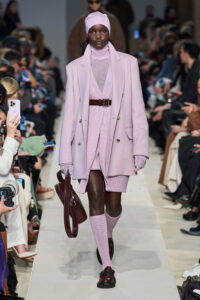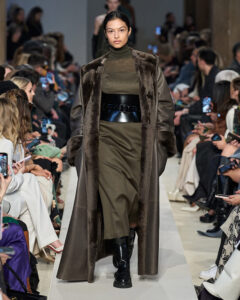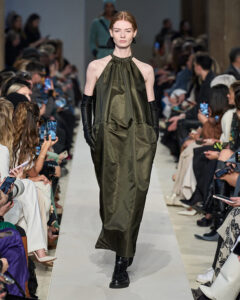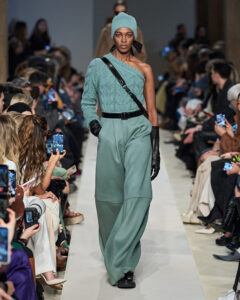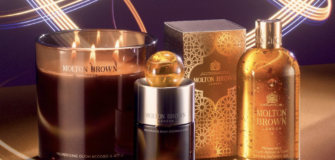MAX MARA FW23 | The Camelocracy
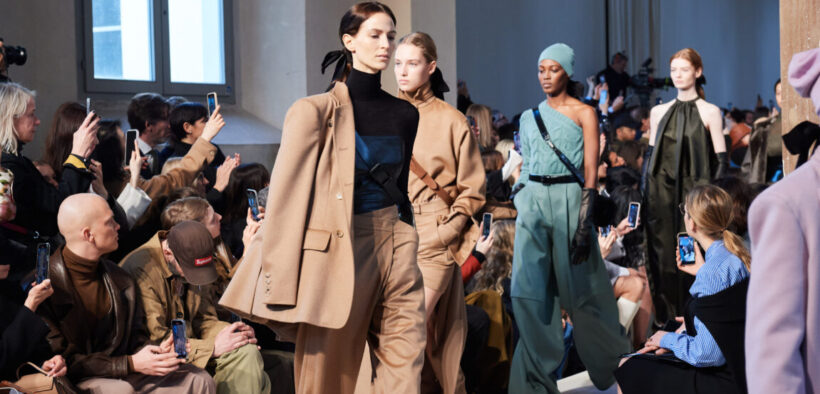
In search of the modern, Max Mara travels back in time to the turbulent, tumultuous eighteenth century. What chatbots do now, coffee houses did then; disseminating news and ideas – real and fake – at lightning speed. Then as now, everyone was trying to make sense of the world, and everyone had an opinion.
Émilie du Châtelet; the free spirited Marquise whose philosophical magnum opus set the tone for rational thinking during the Enlightenment. With a wit as sharp as a surgeon’s blade, she dissected the issues of the age; the education and social role of women, the afterlife, and human happiness. “To be happy, one must rid oneself of prejudice,” she wrote.
Émilie had a lover. The man described as ‘Europe’s first truly modern celebrity’, the self-styled Voltaire. At a time when philosophy and natural sciences were bound together with a touch of mystic wonder, the pair spent ten years together in scientific experiment and intellectual debate. As a woman she had to shout to be heard but to her it was grist to the mill; she wrote “At least, masculine injustice in excluding us from the sciences should serve to keep us from producing bad books.”
Fashion in the Age of Reason bore the apotropaic traces of a darker time; voluminous drapery, feathers, horsehair, whalebone, ritualistic face paint and towering wigs. Voltaire tells us that Émilie hated superstition and necromancy: in Max Mara’s narrative, Émilie spurns the convoluted and restrictive styles of the day. Science raises the curtain on a wardrobe for the now.
The rich brocade fabrics, the side-hoops, bustier and chemises are executed with sharp Newtonian precision and paired with minimalistic turtlenecks and chunky boots. Pannier skirts, above the knee, or ankle length, feature anachronistic drawstrings and sporty pockets. Straight from the future, a fishtail parka in camel colour reverses to an opulent damask. The Watteau back, a characteristic of contemporary court dresses, is grafted onto a military greatcoat and a snappy little cocktail dress.
Émilie frequently disguised herself as a man; the only way to get into the male only coffee houses and engage with the top minds of the day. Max Mara is inspired by a cast of costumed characters; the gentleman en dpVhabillp with a soft swagger of an overcoat, the neat notary, hair tied with a black ribbon, the debonair officer with a cape or a coat worn rakishly on one shoulder or an imperious duke with a grand cloak worn a la mode.
Voltaire’s poetry makes clear that his love for Émilie was more than cerebral, yet he described her as “a great man whose only fault was being born a woman.” Nearly three hundred years later, her gender is no longer considered to be at odds with her talent. She was one of an army of women whose wit and intellect were instrumental in producing that change. With a collection that mixes reason and order with a dash of romance, Max Mara salutes Madame du Châtelet and women like her; the Camelocracy
